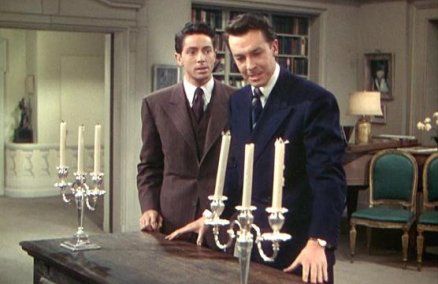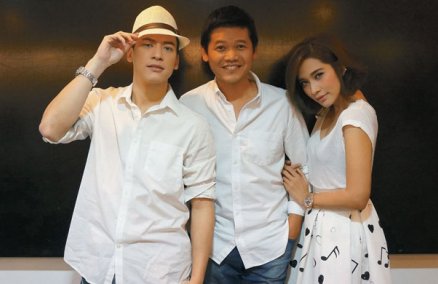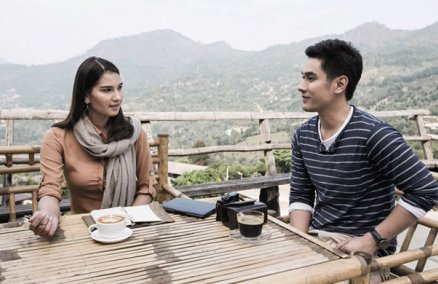BK: What’s your background?
My mom and dad met in Chiang Mai before moving to work in New York, where I was born. I am their only child. My dad worked as a cook while my mom worked as a seamstress at a clothing company. I also regularly visited my relatives in Thailand.
BK: When did you think about becoming a stuntman?
When I was 13, I first saw Jackie Chan in a trailer for Rumble in the Bronx. It was only two minutes long, but I was like, “Wow.” He’s so amazing. I never thought humans could do things like this before, and I wanted to do them too. I finally had a chance to study at a martial arts school where I learned kung-fu from Shaolin masters. It’s tough and not fun at all. But what kept driving me was the will to be better. I stopped when I got into college. My parents wanted me to get a proper education before chasing my dream.
BK: When did your first stunt job happen?
After graduation, I decided I would join Jackie Chan’s action team in China so I went to Beijing to study Chinese. While I was there, Ong Bak came out in 2003, and Tony Ja was the new action star. So I came back to Thailand and got in touch with stunt people including Tony. I landed my first job, an M150 commercial, then some lakorn and movies both in Thailand and abroad. Now I am an assistant in the Jaika Stunt Team.
BK: What is your favorite action stunt?
Sky diving from a building with a sling.
BK: How much do you earn?
For me, its starts from B8,000 to B20,000 per day, depending on what the job is. I’m now doing only commercials and movies, not lakorn because I don’t like the way they work. Sometimes they told me to be there at 5am but I wasn’t needed until 3pm. That’s ridiculous.
BK: What you don’t like about being a stuntman?
If you compare stunt work in the US, there’s a huge difference in terms of both money and work conditions. Here, stuntmen, who all are so talented, have to fight for work because producers need the lowest price. Some even accept as little as B1,000. That’s wrong. They should realize that doing this will not help upgrade the quality of work here. I want all stuntmen to form a group so we can have better conditions.
BK: So why do you still love to do it?
I don’t want to be old and start thinking “Why didn’t I do this when I was younger?” I don’t want to be sorry later, so I will do it until I’m bored with it. Anyway, I also decided that if I can’t make it, or when I’m getting older, I might go to work in something that involves languages. Now I can speak Thai, English, Korean and Chinese. I will study Japanese too.
BK: What is your biggest dream?
I want to be an action actor where people can recognize my face, not just my back.
Advertisement





















